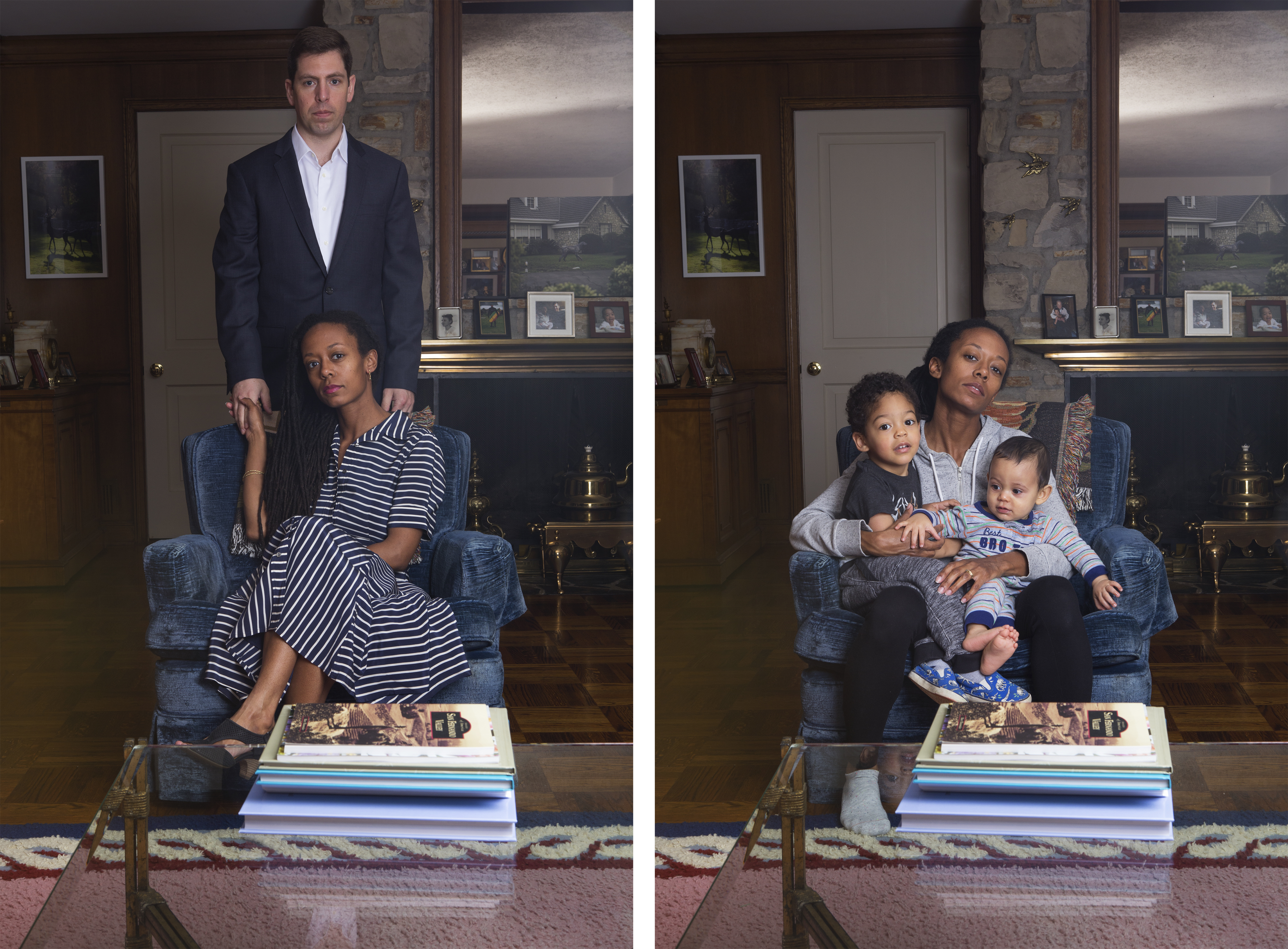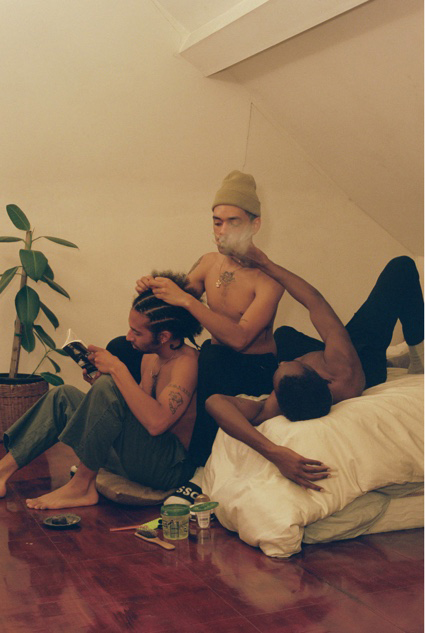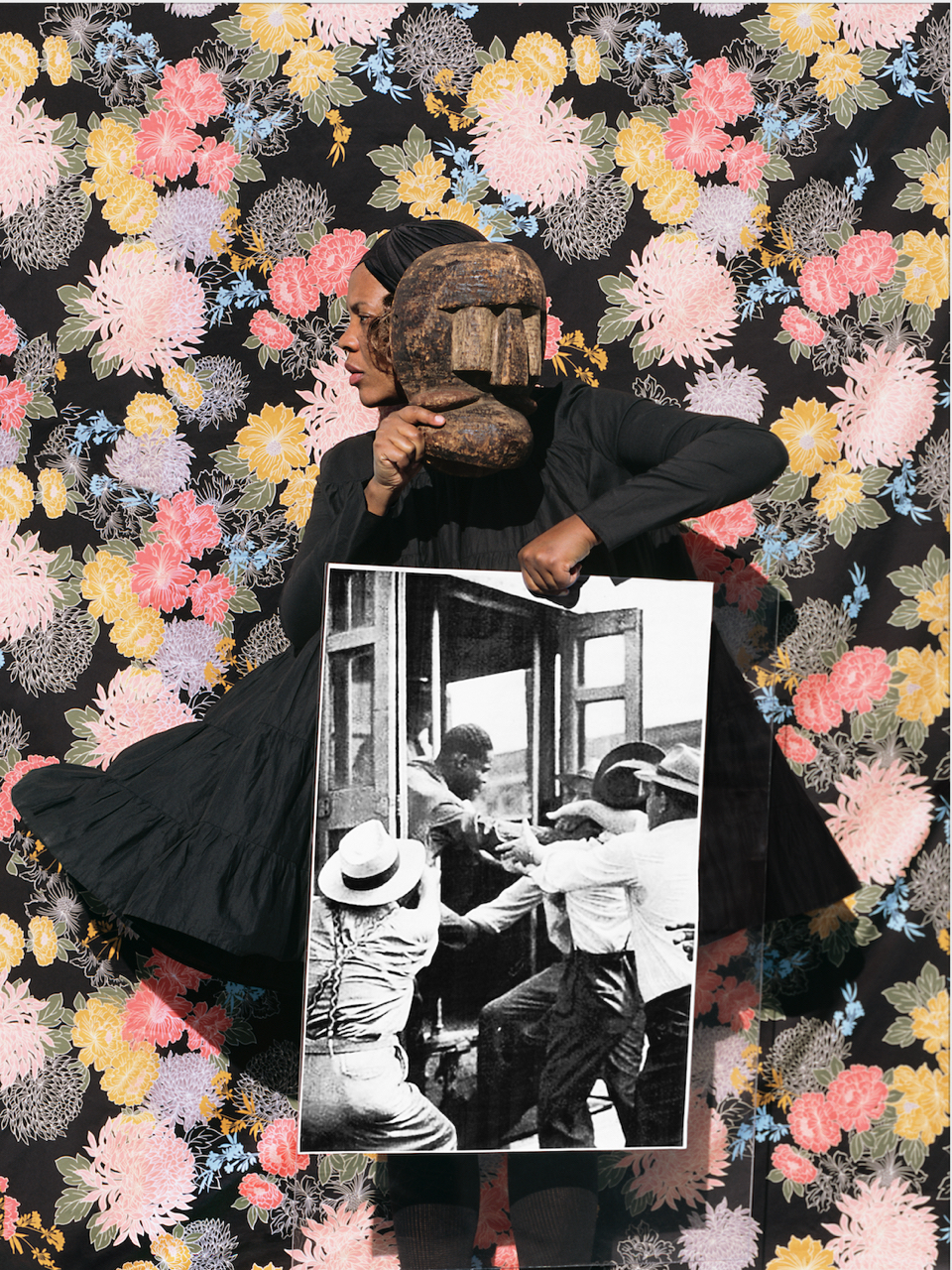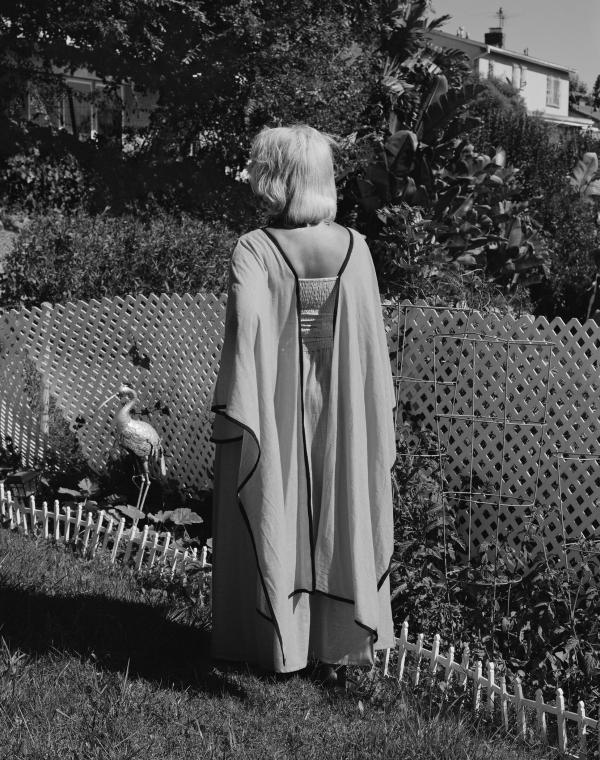In honor of Black History Month, we are highlighting works by Black and African American artists across various departments of LACMA's permanent collection to celebrate their lives, their legacies, and their often overlooked impact on art history. Today's focus is on works in the Photography department.
Photography, by definition, is antithetical to movement. In her ongoing photographic series, What Had Happened, Dannielle Bowman considered the legacy of the Great Migration. Bowman depicted domestic scenes in her hometown of Inglewood and Baldwin Hills. In her photographs depicting residents and their homes, she examined her relationship to home, as well as to collective memory and history.
Throughout the 20th century, millions of African Americans left the Jim Crow South for northern and western states. Bowman's grandfather moved to California from Texas in the 1950s when he was about 10 years old. In her series, Bowman reflects on how her family came to Los Angeles, her identity, and her relationship with the West.
Photography, the medium which most closely resembles optical experience, also makes the past appear present. Black-and-white typically signifies the past because it was invented before color film. Bowman pointed out that it can also obscure time. "Black and white can look like an image is being thrown into no time, no place, or every place…I'm really into that slipperiness," she said.

Janna Ireland works photographically to examine Black identity, the performance of gender, and representations of wealth, domesticity, and isolation. In her series Milk and Honey and The Spotless Mirror, she confronts the physical, political, and emotional aspects of home. She photographs herself and her family in domestic settings, which challenge distinctions between confession and fiction, documentation and performance. Her work lays bare the complex relationships between people who live together. Building from her experience, she probes wider truths about where people live.

Safe Space derives from Clifford Prince King's body of work While Night Comes On Gently. The artist photographed himself, friends, and lovers in intimate, domestic scenes. The images prompt thinking about home, love, sexuality, privacy, and kinship. King titled the series after a line in Langston Hughes's 1926 poem "Dream Variations." Hughes's poem likens blackness with night—a time when, as Hughes describes, "the white day is done." King replaces Hughes's motif of night, with light. He made all of the works in his series at sunset, when the tone of the day turns gold.

In her series Sundown, Xaviera Simmons recontextualizes historic, vernacular images depicting African Americans in vibrant compositions she inhabits. In Sundown (Number 20) she looks off frame. She holds a wooden mask in one hand, and in the other, a black-and-white image of a Black man involved in a conflict. Simmons titled her series after "sundown towns," prominent features of the American interior throughout the 20th century. These community ordinances prohibited Black Americans from inhabiting certain neighborhoods through law, force, and custom, particularly after dark. White community residents often mounted signs at the boundaries of these towns to warn African Americans to stay out.
The black-and-white image Simmons holds is also a sign. Layering temporalities on top of each other, Simmons animates history through the lens of the present.



